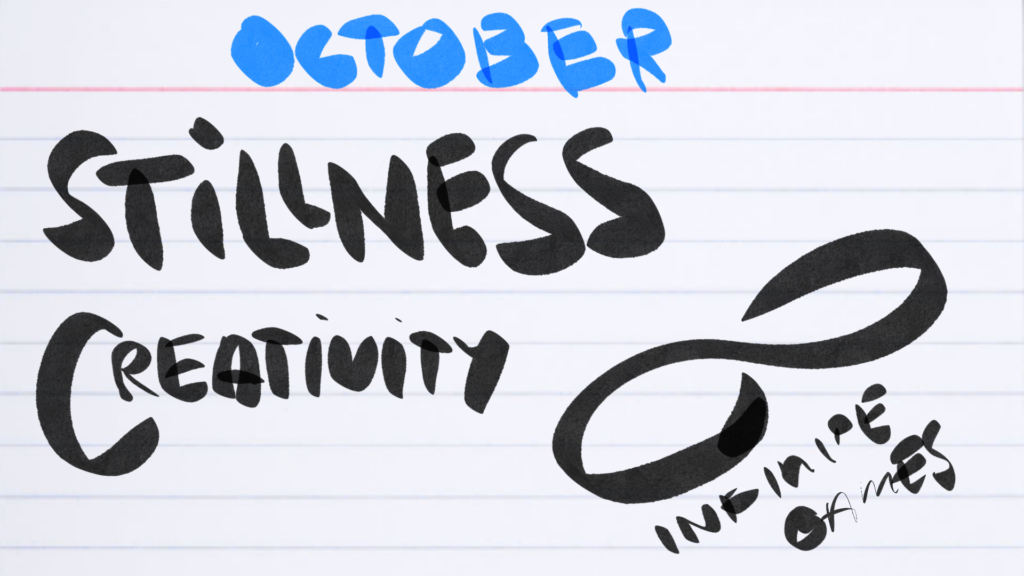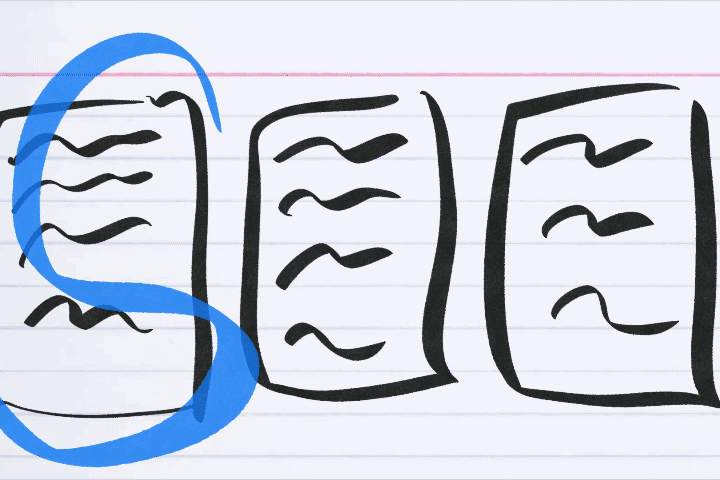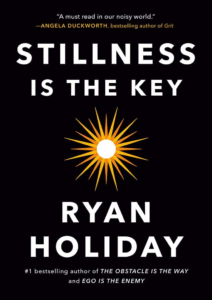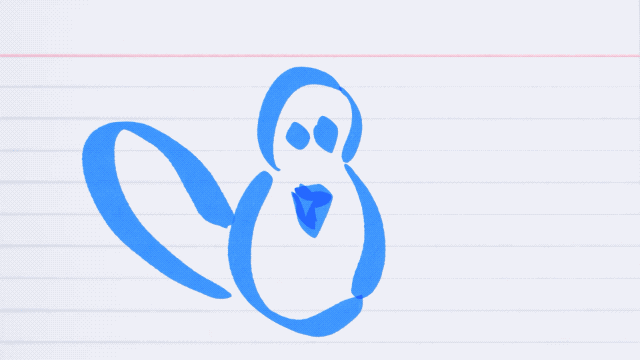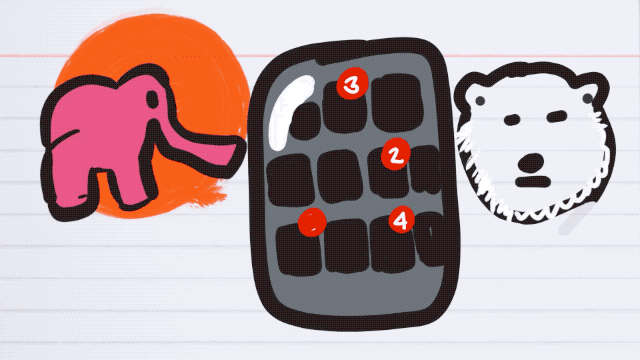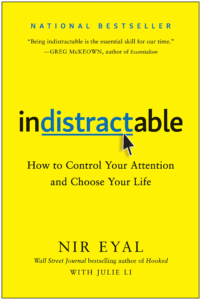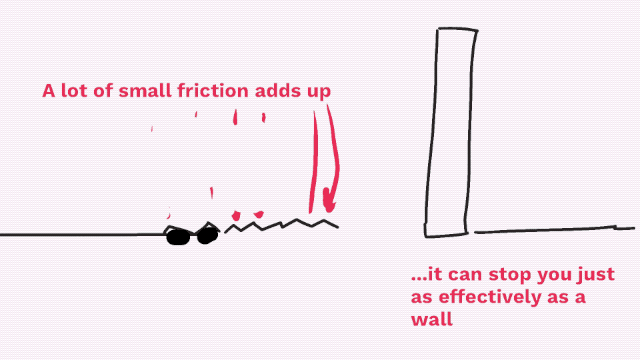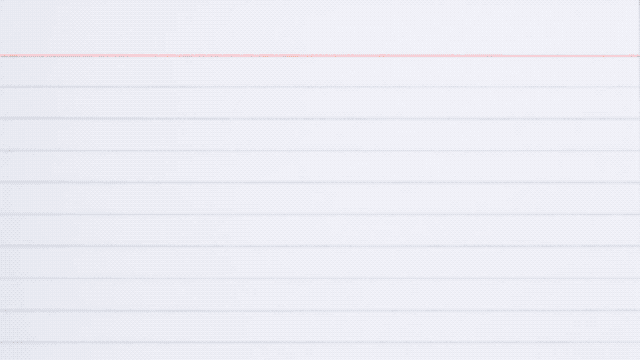My October book stack currently looks something like…
- Stillness is the Key by Ryan Holiday—He wrote The Obstacle is the Way (Wally and I discussed this book in one of our earliest episodes) and Ego is the Enemy (which I mentioned in this post about keeping your ego in check). I read this about half with the physical copy and half with Kindle. I think this book will convince a few people to slow down, sleep a little more, and check in on news 50 times a day instead of 500. Some action I took immediately as a result of reading the book: I started writing in a Moleskine again along with writing in Five-Minute Journal app every day.
- Creative Calling by Chase Jarvis—Jarvis’s appearance on Tim Ferriss’s podcast is one of my all-time favorites. (Check out my notes on that episode here. And this video I made about their focusing question: “What might this look like if it were easy?”) Some action I’ve taken: I suspect the last few blog posts I’ve written have been because the book has got me itching to publish smaller things more consistently. In the same vein as “love is a verb”, being consistent is one of the best ways to express passion for whatever your art is1. It’s a feedback loop: you do it frequently, you get better at it, you grow more passionate about it, and you can continue to do it frequently. 2
Those notes got a little long so I’m going to just list out other books and send this off into the world.
I’ve started these recently and am still deciding on which to continue on with this month:
- A Fighter’s Mind by Sam Sheridan
- Dark Matter by Blake Crouch
- Insanely Simple by Ken Segall
- The Laws of Simplicity by John Maeda
Some things I’m re-reading (aka re-skimming) or which I’m not counting toward the 4. Worth mentioning because they’re some of the things I’m thinking about but I’m not giving them deep reads:
- Bigger, Leaner, Stronger by Michael Matthews
- Lean vs. Agile vs. Design Thinking (I finished this but it was a 45m audiobook so I’m not counting it toward the 4 for the month)
